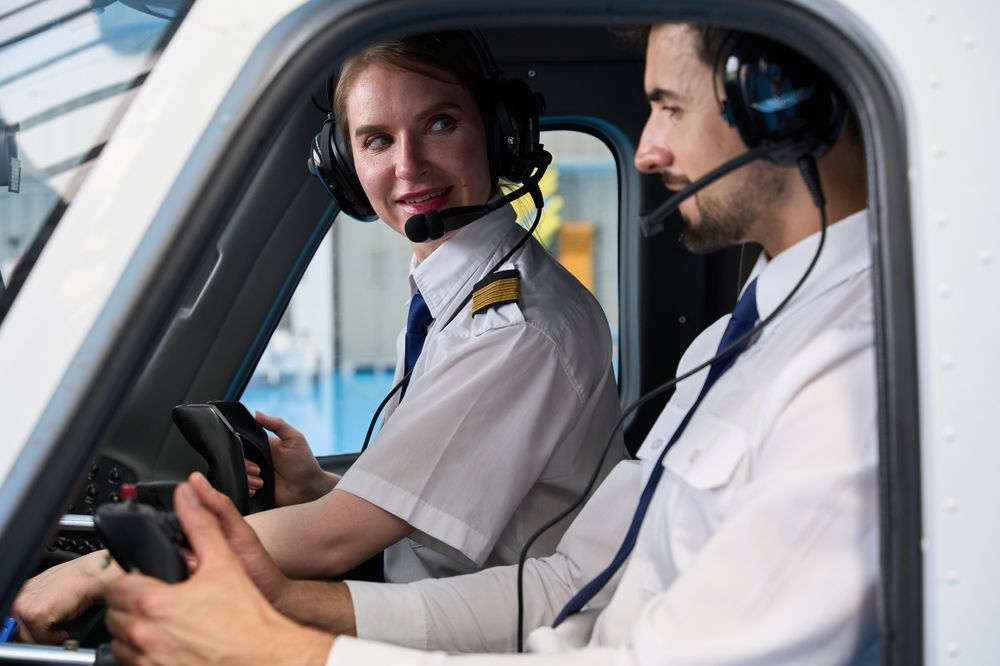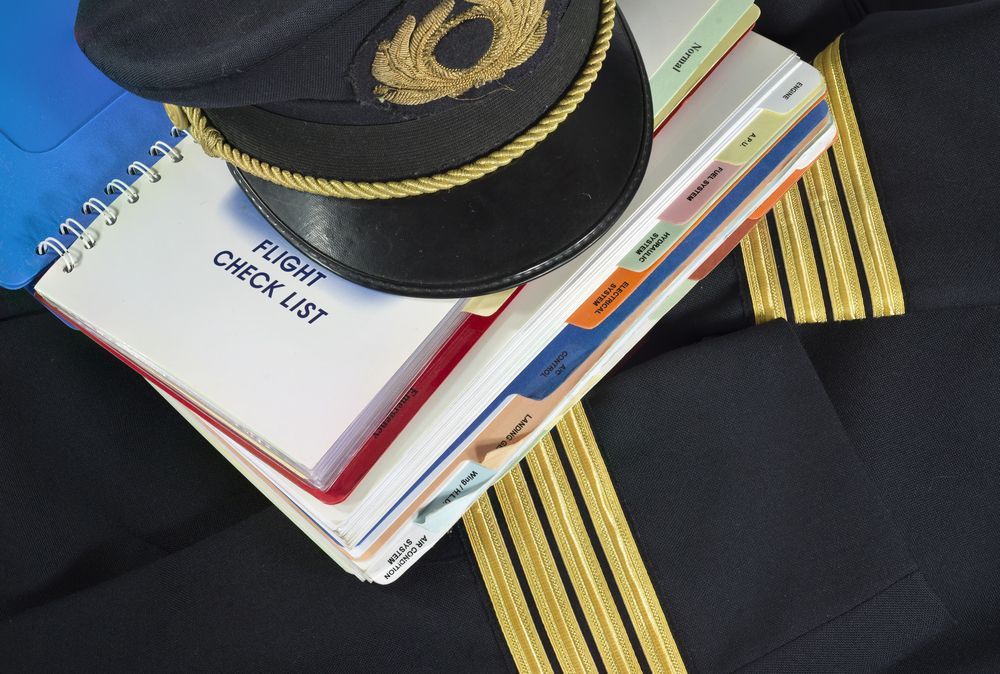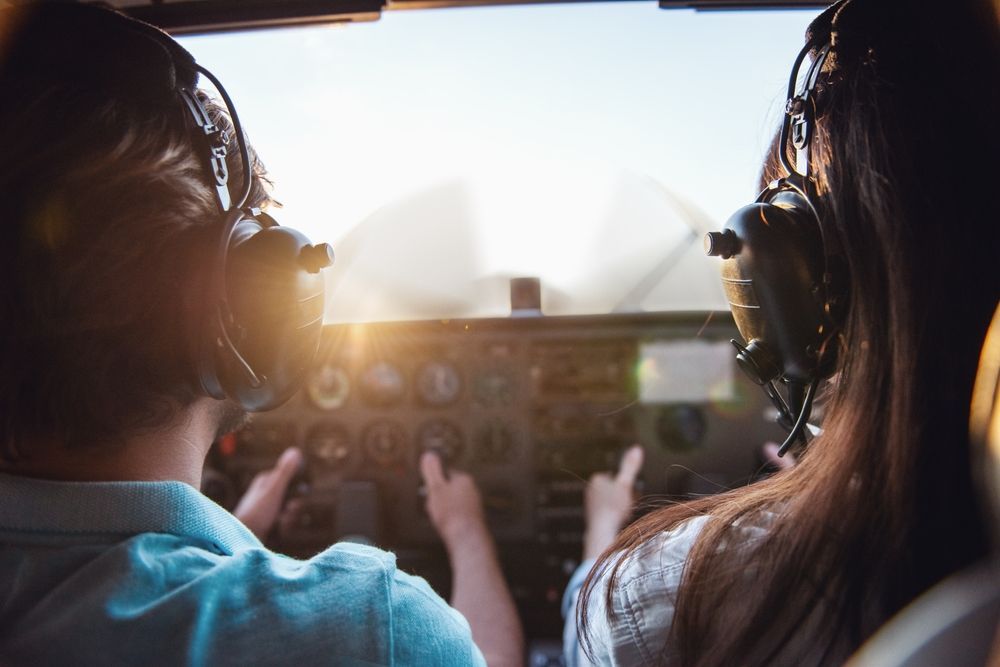Part 61 vs 141 Flight Schools: Key Differences
Share this article:
Written by: J.A. Flight Training
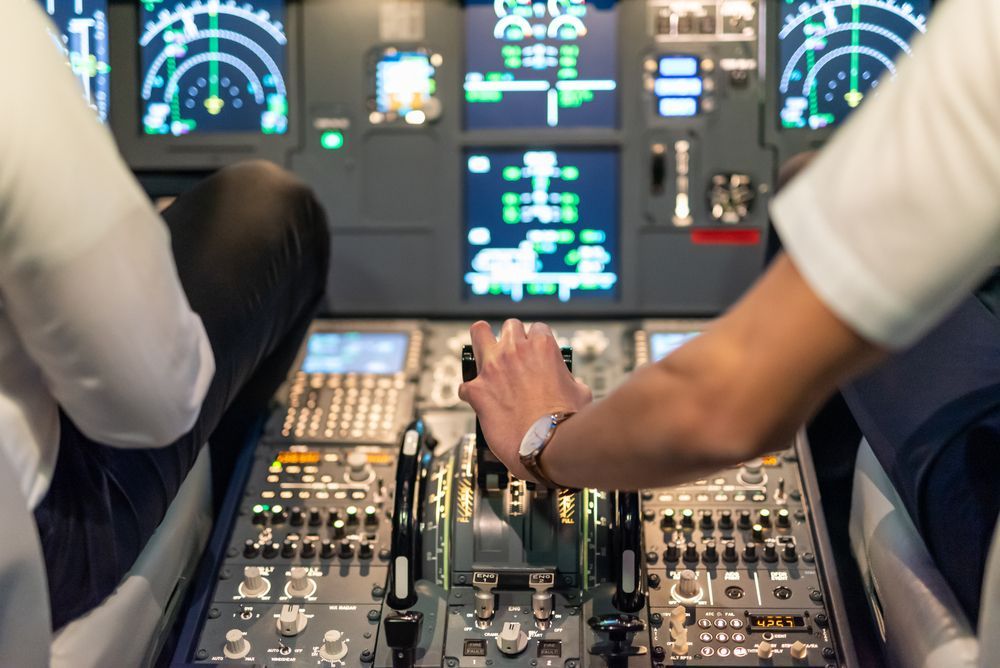
If you’re considering getting your pilot’s license in Illinois or anywhere else, chances are you’ve started looking into flight schools. Folks of all stripes can learn to fly, of course, which is why there are different options for those who just want to take to the skies on the weekend versus those who truly want to make it a career.
That’s where the differences between Part 61 and Part 141 flight schools come in. If you’re curious about which is right for you and how each would fit into your
airline pilot training timeline, this guide is here to help, so keep reading.
Key Takeaways
- Part 61 flight schools are geared towards anyone who wants to fly, with students learning under their choice of instructor at their chosen pace, and are ideal for those switching careers or who can only attend school part-time.
- Part 141 flight schools serve a professional audience of people who want to become cargo pilots, flight instructors, and commercial pilots and can go to school full-time.
- Part 61 offers great flexibility while Part 141 is a rigorous, set-pace training program.
- There are several characteristics to look for in a good flight school, including qualified teachers, training that aligns with Part 141 or 61, flight hours, and more.
Part 61 vs Part 141 Flight Schools
The Federal Aviation Administration (FAA) regulates how pilots and schools are certified, respectively. Part 61 governs pilot training and licensure, while Part 141 governs what goes on in flight schools under strict programming guidelines.
Although there are several reasons you might choose Part 61 over Part 141 or vice versa, the main difference between the two types of flight training is the structure of education. Put simply, Part 141 is oriented toward people who want to complete their training in one go, while Part 61 helps students complete their training on a part-time or more individualized basis.
There are many advantages and disadvantages of each approach. Let’s examine each more closely in the following sections.
Part 61 Flight Schools
In Part 61 flight schools, students must fulfill minimum training and time requirements to make sure they’re not a hazard to themselves or others when they go up. In some cases, Part 61 lacks the rigorous structured education of Part 141, because there’s no ground school. However, students who attend Part 61 classes at an accredited flight school will get just as valuable an education.
Part 61 students get many options for how to approach education. Are you interested in meeting instrument rating requirements, meaning you can fly even without visibility? Or will you just stick to sunny weather? Those are choices you can make when you opt for the Part 61 path.
You can also make a number of other choices, including:
- How often you take classes and at what time of the day or week
- Whom you want to be trained by
- How much you need to learn, if you have experience in aviation, and how much structure you want in the learning environment
- Whether you want education geared toward becoming certified, instructing others, or a head start becoming a pilot – though more standards will apply in the latter case
While Part 61 may be the simpler path, it may not be the best approach if you want to fly commercially. That’s where pilot programs that fall under the Part 141 heading come in.
Part 141 Flight Schools
Flight schools, also known as pilot schools, follow a rigorous structure and use an assigned syllabus under Part 141 requirements. Think of it like higher education, where there are expectations on your time, studiousness, and abilities. Part 141 training is marked by characteristics such as:
- Mandatory classroom instruction before getting aboard an aircraft and taking the wheel, so to speak
- Multiple instructors throughout training, again like a college curriculum
- Rigorous testing at each stage of training to ensure satisfactory completion of lessons and a thorough grasp of the course material
- Pre-defined course length, where students form a cohort, starting and finishing school together

Given so many differences, how should you go about choosing the right school?
How To Choose the Right Flight School
Choosing the right flight school is a matter of personal preference, but there are some basic differences to keep in mind.
Required Hours
Because Part 61 is less rigorous, the FAA requires more flight time to be sure that you have a handle on the intricacies of flying. For a private airline license under Part 61, you need 40 hours, compared to 35 under Part 141. For commercial licenses, Part 61 requires 250 hours of flying time, as opposed to less than 200 for Part 61.
Cost
The good news is, that the GI Bill funds flight training for veterans to help get them on their way in a civilian career, so don’t forget to look into that as well as flight school loans. You can use both for Part 61 and Part 141 training. Do note that since Part 61 requires more hours, it will likely cost more overall.
Time to Licensure
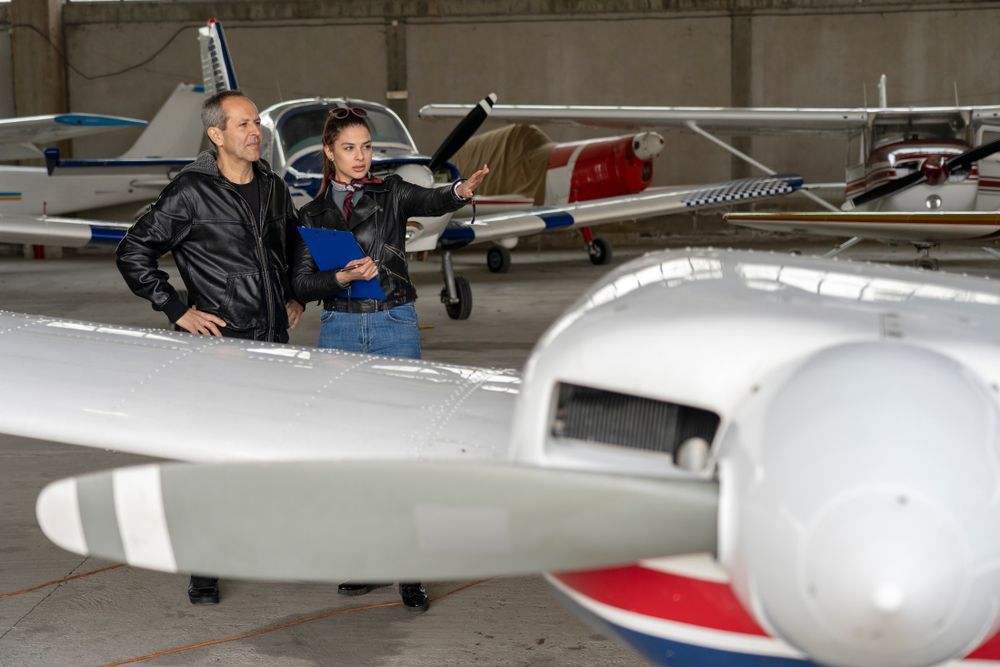
Because Part 61 flight school is so flexible, you might assume that it is also going to take longer to get your license, either private or commercial. However, if you’re jonesin’ to start your career, you can use this flexibility to your advantage and actually speed up your flying time overall.
However, many employers prefer certified flight schools with dedicated curricula, because this ensures a deeper and better-rounded, or at least more structured, curriculum. It may be worth taking longer to check that box. Plus, once you’re licensed, you still have to complete 1,500 hours to become a commercial airline pilot, so the time may even out in the end.
Note also that while you can choose a wide variety of Part 61 flying instructors at various locations, you can also attend an accredited flight school on a Part 61 or Part 141 basis, making you appealing to future employers no matter which road you take.
Bottom Line
Choosing flight school types is a big decision. Feel free to contact us with any questions you might have!
Connect with Us:
